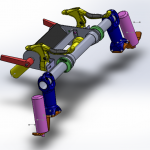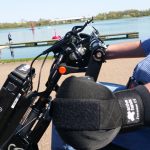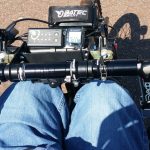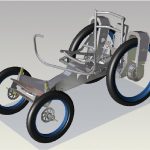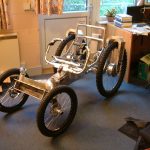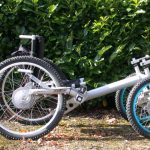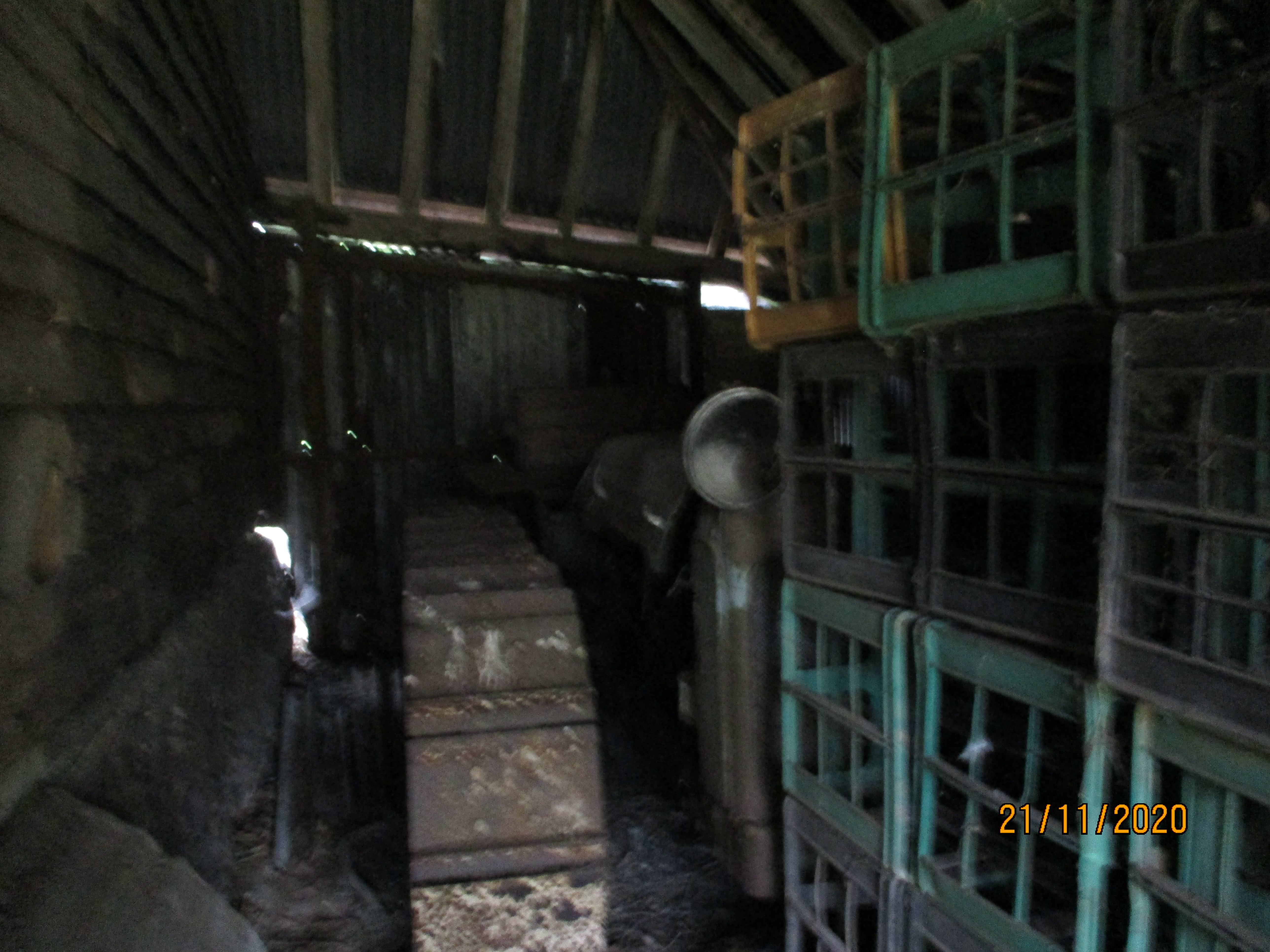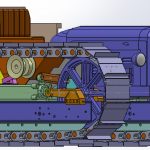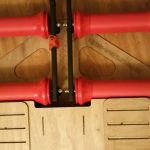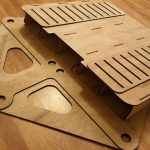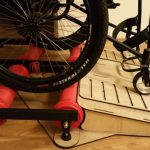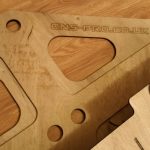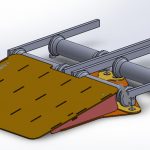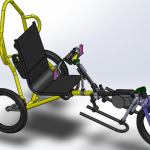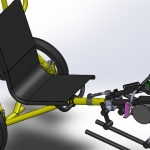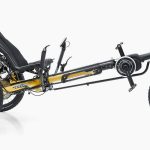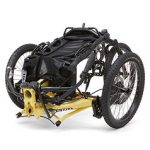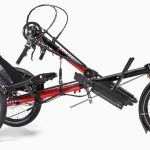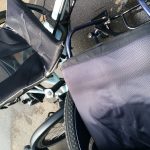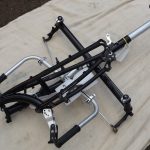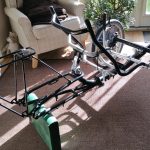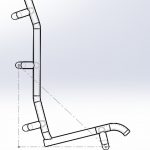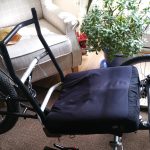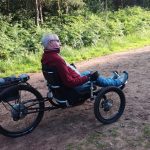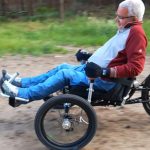Requirement; develop a lightweight, transportable mobility solution to access forestry trails for wheelchair users with a range of abilities.
During the 00’s a number of manufacturers across Europe and the US developed a range of off-road mobility products based around emerging mountain bike technology.
These products took the downhill and cross-country wheelchair concepts of the 90s (Grove DHX-1 and Cobra) and added electric propulsion and more comfortable and supportive seating. The European Quadrix and BuggyBike together with the UK Boma are incredibly capable machines, but are bulky and take some effort to transport and store.
Each manufacturer develops a product from scratch, designed solely to work with users with mobility impairments. As a result production runs are low volume and component costs are high when compared with cycles for the able-bodied market.
Design specifications and restrictions for the project;
- Identify an existing able-bodied product as the basis for an adaptive mobility solution.
- Focus on adaptability of the base vehicle with minimum modification.
- Focus on transportability and storage options.
- That the product should be able to access forestry cycling tracks and low difficulty mountain bike trails.
- Consider both the user and those accompanying (friends & family) when reviewing the concept.
German manufacturer Hase have been developing specialist and adaptive trikes for over years. The review process identified the Hase Kettwiesel Cross as a suitable base vehicle. The Cross is extremely technically advanced and incorporates unique rear suspension and differential drive. Moreover, Hase already have a HandBike variant of the Kettwiesel chassis and extensive experience of modifying and adapting trikes for access.
The Concept features a slightly modified seat frame and additional rollover protection together with “Tetra” controls.
